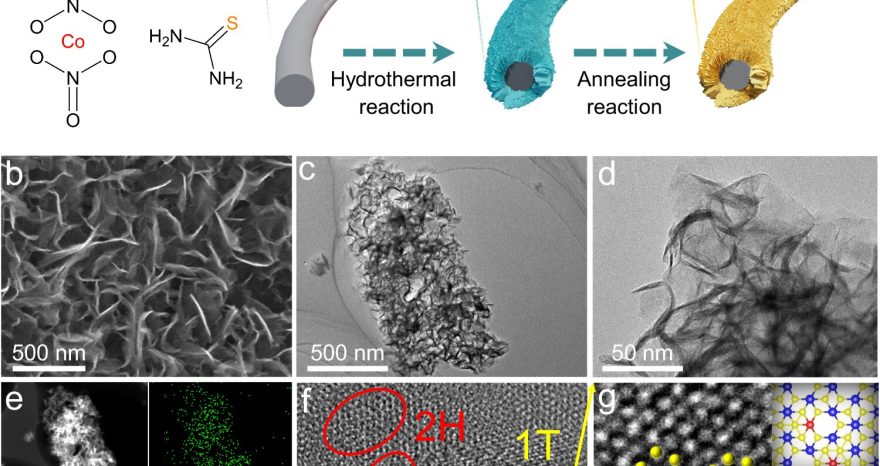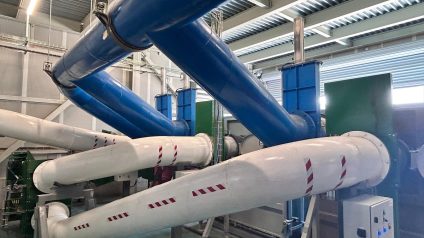Energy innovation is slowing down. The IEA calls for new public and private funding to scale key technologies for the energy transition

Innovation is the “lifeblood of the energy sector,” but progress is faltering. According to the latest report from the International Energy Agency (IEA), new technologies for the energy transition show great promise – but without fresh public and private investment, many won’t reach commercial maturity or scale in time to meet global climate targets.
The global energy mix is evolving fast. Electrification is gaining ground, and a wide range of technologies is approaching market readiness. These solutions could improve energy security, affordability, and long-term sustainability. Yet the path forward is uncertain. “We need more investment to expand innovative solutions. The returns may not come quickly, but they will be long-lasting,” said IEA Executive Director Fatih Birol.
Where energy innovation stands now
The IEA’s report provides a comprehensive overview of investment trends in clean energy technology. It highlights progress in three high-impact areas:
- critical minerals for battery supply chains
- artificial intelligence applications
- carbon dioxide removal solutions
In recent years, energy innovation has steadily grown. Public and private R&D spending has increased by an average of 6% per year, driven mainly by the automotive and renewable sectors.
However, other industries like cement and steel are lagging behind, investing 20–70% less in R&D compared to leading sectors. Aviation and shipping have also cut back their R&D budgets over the past decade.
Venture capital played a key role from 2015 to 2022, with funding increasing sixfold and supporting over 1,800 energy startups. But in 2023 and 2024, global tightening of financial conditions caused a 20% drop in investment.
Artificial intelligence was the only segment to see continued growth. While promising, this raises concerns about diverting capital from other critical areas of the energy transition.
Geographically, China has overtaken the United States and Japan in energy-related patents, focusing on low-emission technologies like batteries and electrolyzers. Europe leads in large-scale engineering projects, while the U.S. maintains a diverse portfolio across fossil and clean technologies.
Diversifying the battery mineral supply
The surging demand for batteries underscores the need to diversify sources of critical minerals like lithium, cobalt, and nickel. The IEA report highlights three key innovation paths to reduce dependence on geographically concentrated suppliers:
- advanced recycling technologies
- replacing critical minerals with more abundant alternatives
- redesigning batteries to use fewer minerals
Some of the most promising innovations include new chemical processes for sustainable mineral extraction and AI-powered supply chain monitoring. However, significant barriers remain, including gaps in technical knowledge and the industrial capacity needed for widespread deployment.
AI’s growing role in energy innovation
Artificial intelligence is rapidly transforming energy innovation. Its ability to manage complex systems and accelerate development makes it a strategic enabler.
The IEA identifies three core areas where AI is already making a difference:
- Energy system optimization: AI enhances grid efficiency by integrating variable renewable sources like solar and wind.
- Accelerated design: advanced algorithms are reducing the time needed to develop new materials for batteries and catalysts.
- Predictive maintenance: machine learning enables real-time infrastructure monitoring, preventing failures and lowering repair costs.
Despite its potential, AI brings challenges. These include the need for high-quality data and managing the energy consumption of AI systems themselves.
Scaling up carbon removal technologies
Carbon dioxide removal (CDR) is increasingly viewed as essential to meeting global climate goals. Yet its role remains controversial. Many in the industry advocate for large-scale deployment, which can conflict with the priority of cutting emissions at the source.
The IEA report highlights progress in three main CDR approaches:
- Direct air capture (DAC): systems that remove CO2 directly from the atmosphere.
- Bioenergy with carbon capture and storage (BECCS): combines sustainable biomass with carbon capture technologies.
- Mineralization: converts CO2 into stable solid materials.
But these solutions face steep hurdles: high costs, limited efficiency, and the need for massive infrastructure.












